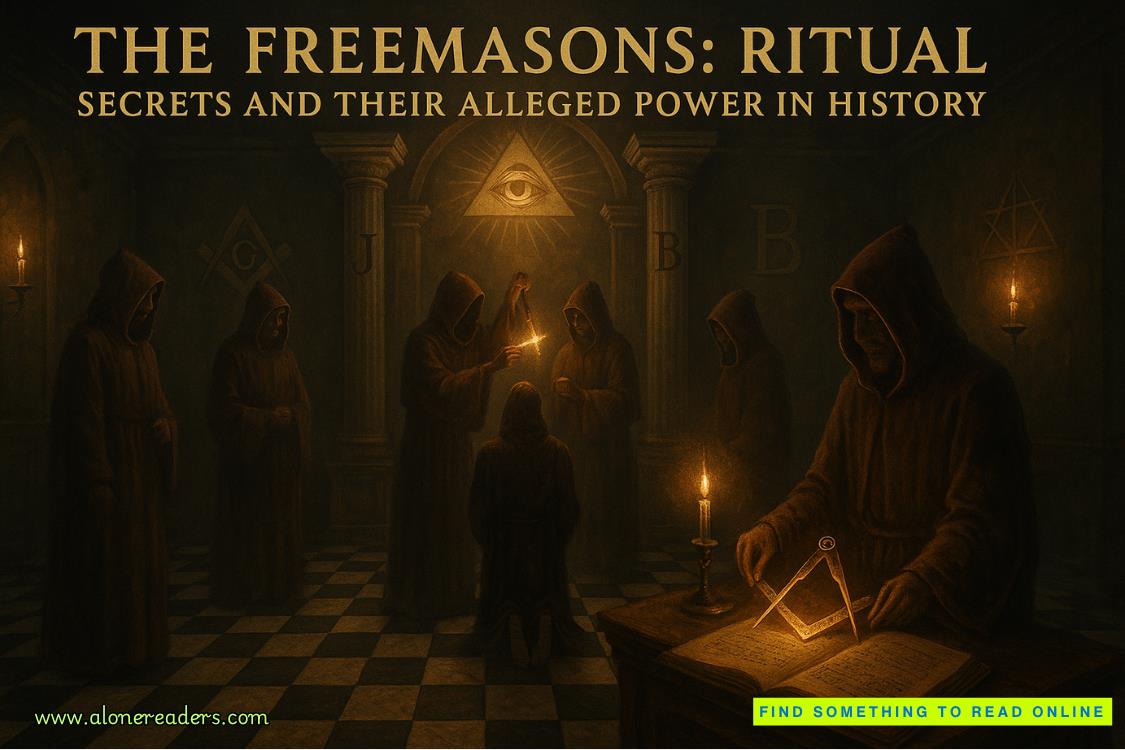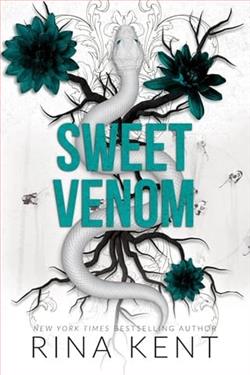Page 32 of Nothing Less than Magic
I don’t remember a grange hall, but Austin and I never fully explored the place, sticking mostly to home and town. “Where is it?”
Knox grabs the pencil behind his ear and draws me a map on a napkin. “It’s easy to find.”
After Knox climbs up onto the roof, I clean up the dishes and go in search of his farmers’ market. His map takes me on a windy, two-lane road that overlooks Fall Lake, a large reservoir enjoyed by water-skiers and wakeboarders from all over Northern California. Austin and I looked at homes near the lake but ultimately decided that the vibe wasn’t for us. Too loud from the motorboats and too rowdy from the perpetual summer parties at the sprawling campground on the south shore of the lake. Though I’m vaguely familiar with the area, I’ve never been on this road before and am worried that I may have gotten lost. Still, I’m enjoying the ride. There’s not another vehicle around, so I take my time, pulling into a turnout to take in the view. The reflection of the trees off the water looks like a painting. And unlike summer, when the lake is filled with throngs of people and their water toys, there’s only a lone kayaker and miles and miles of clear, blue water.
I wish Lolly was here with me to see it. When we were little, our parents used to take us to Big Bear, where we would sometimes rent paddleboats and paddle our way around the shore, hoping to see fish jump out of the water. Before I pull back onto the road, I snap a picture of the view and text it to her.
It takes me another ten minutes, but I finally find the grange hall, an old barn dating back to the early 1900s that, according to the sign, was rehabilitated in 1998 and now serves as a community center. Despite the empty road, the farmers’ market is bustling. Lots of people spilling out from the big white church across the street.
There’s a lady selling handmade market bags at one of the stalls, and I buy a pink and gray one made from woven straw. It’s rather beautiful in its simplicity. As I stroll down each aisle taking in rows and rows of colorful squash, pumpkins, artichokes, cauliflower, mushrooms, and cabbage, I’m left wondering why I never came here before. Besides the beautiful food, the place is brimming with life.
There are so many things to see that I try to be methodical, resisting the temptation to go off in a different direction whenever a flash of vibrant color or an interesting shape catches my eye. No, I stay the course, stopping to browse at each stall.
My first food purchase is a loaf of olive and rosemary bread, which I put in my new basket. My next, a package of fresh pasta and a container of alfredo sauce. Then I pick through rows and rows of produce for a salad to go with my fettuccine dinner.
“Hi, Chelsea.” A woman waves to me, then crosses the aisle to join me.
I recognize her from that first day at the grocery store. The harried woman with the two children. One of the boys had an unruly head of red hair.
“Oh, hey,” I call back. “Where are the kiddos?”
“Judd has ’em. After yesterday, they’re all sugared up, the little monsters. I needed a break. You coming to happy hour on Wednesday? Sadie said you were in.”
I’d said I’d try, but now I’m game for anything. “Yep, I’ll be there.”
“Let’s make time to talk,” she says, and I nod, because I don’t know what else to do. Or say. It’s all so odd.
“I’ve gotta dash before Judd goes nuts. But I’ll see you on Wednesday.”
“Wednesday.” I wave goodbye, then continue to the handmade soap stall, where everything smells like lavender, lemon, and peppermint.
I buy a bar of the olive oil soap for Lolly and a bar of basil soap for Ronnie. For me, I get a bar of the lavender, because I can’t resist the scent. I’m just about to move on, when I decide to get another bar of the lavender for Katie. I have a feeling it’s something she’d really like, though I don’t know why.
In the next row of booths, I run into Sadie, who is selling wreaths and bunches of fresh flowers. I remember that I never hung my wreath on the front door. It’s still in the back of my car.
“How’s business?”
“You just missed the rush,” she says. “Everyone wants Thanksgiving wreaths and arrangements. Ginger and I have our hands full. But I guess it’s better than having no business. Poor Rhonda had to close up her knitting store because everyone’s shopping on the damned Internet. We brick-and-mortar people are a dying breed.”
I suppose she’s right, but you’d never know it from the farmers’ market. There’s almost as many people here as there were at the parade.
“Where’s Ginger?” I ask, as a line begins to form at Sadie’s table.
“She’s managing the shop, while I work the market.” Sadie pulls a wreath off one of her displays for a couple who is interested, while simultaneously taking payment from a young man who is buying a bouquet of flowers for his grandmother. Sweet.
“You need some help?” I have no floral expertise whatsoever but can probably work a cash register.
“If you wouldn’t mind.”
Before she can show me what to do, she’s pulled to the other side of the stall by a woman who wants to special order a cornucopia centerpiece.
“Excuse me, how much is this?” asks a man holding a small square vase with an arrangement of orange roses, bronze mums, and red daisies.
I search for a tag, only to find a price list tucked under Sadie’s purse. He hands me two twenties, and I count out his change. For the next thirty minutes, there is a steady stream of customers. Sadie does the heavy lifting, but I hold my own, even putting up new displays as the old ones blow out the door. Let me tell you, the floral business is a license to print money. Sadie’s stand has to be one of the busiest in the entire market.
If someone had told me a week ago that I’d be peddling flowers at a farmers’ market, I would’ve laughed my ass off. It’s a far cry from giant lecture halls or bookstores in Times Square, but oddly, I’m enjoying myself. I’m finding it immensely satisfying to be talking with people instead of talking at them.
Finally, there’s a lull, and Sadie and I both take a deep breath.















